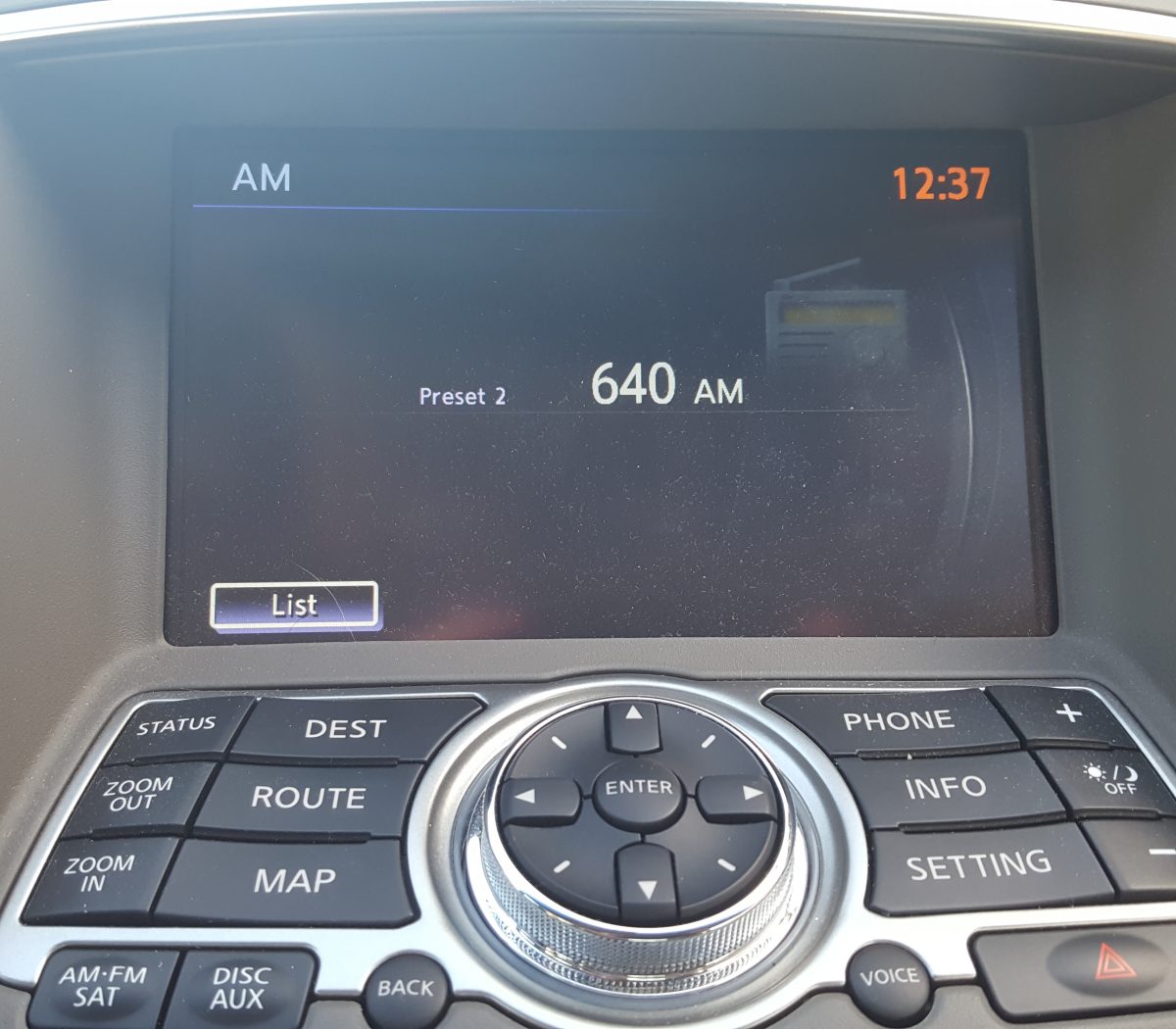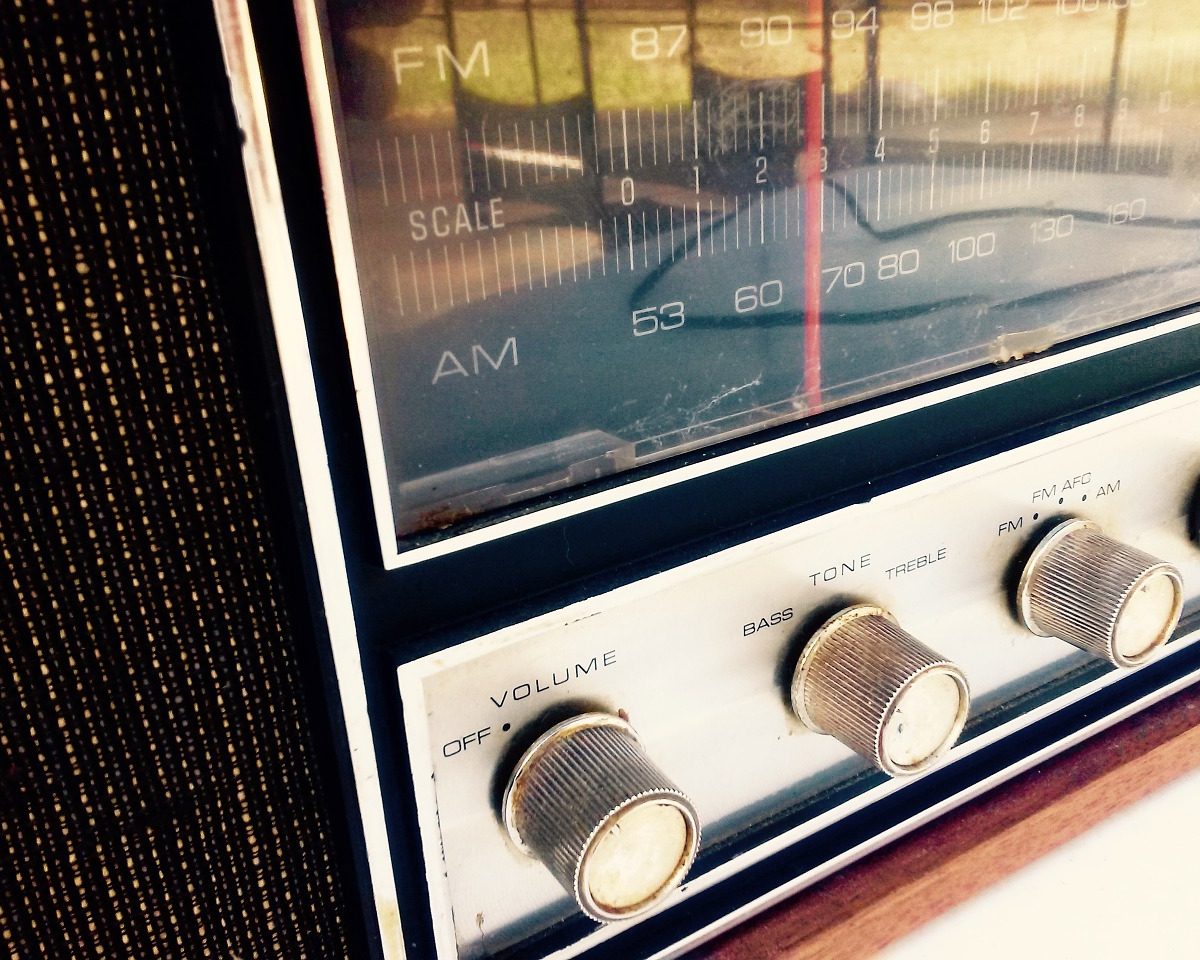Direct Response Ads: Metrics & Optimization

Radio Advertising Costs
June 12, 2016Direct response advertising delivers the most immediate measurement of any radio advertising type.
Telling listeners to ‘call now’ or go to our website and use this ‘promo code’ are the easiest ways for marketers to track the effectiveness of their advertising. While the metrics for each campaign will vary with the nuance of any given business, the basics include; cost per call, cost per lead and cost per acquisition.
Cost Per Call (CPC) – The amount of money a marketer must invest in their advertising to generate a single telephone call from a prospective customer. In the beginning of a new radio campaign it is expected for the CPC to be quite high. The CPC automatically begins to decrease once the new campaign gains traction and becomes less ‘new’ with the audience. Beyond that automatic decrease marketers can continue lowering their CPC through optimizing the times their ads are running as well as what they are saying within the ads.
Cost Per Lead (CPL) – The amount of money a marketer must invest in their advertising to generate a single qualified lead. The CPL is derived from the CPC. For a variety of reasons, every call a campaign generates isn’t necessarily a qualified lead. With a new radio campaign, the CPL is the metric to optimize once the CPC stabilizes. CPL optimization rests largely in the message being advertised, however, the media property with which the ad is running also plays a key factor.
Cost Per Acquisition (CPA) – Also referred to as cost per sale, the CPA is the amount of money a marketer must invest in advertising to acquirer a single customer. Optimizing CPC and then CPL allows marketers to begin zeroing-in on their CPA. Optimizing CPA can, at times, be a sobering exercise for marketers because the data doesn’t lie. And when CPC and CPL are inline but the CPA isn’t, that can indicate adjustments being necessary not with the advertising but with the business process itself.
The DR campaign sample metrics described above pertain to driving phone calls but they’re easily tweaked to measure online sales and registrations, app downloads and more.
Overall, radio advertising has always been highly track-able. With new technology it’s becoming even more so. But as marketers around the world are realizing; advertising that is easily tracked doesn’t necessarily equal advertising that drives sales… but that’s a topic for an another post.
- Top Reasons [Radio] Endorsement Advertising Works - January 8, 2017
- 4-Steps to Successful [Radio] Advertising Campaigns - December 27, 2016
- Top 5 Reasons to Advertise on KFI-AM 640 - December 23, 2016




